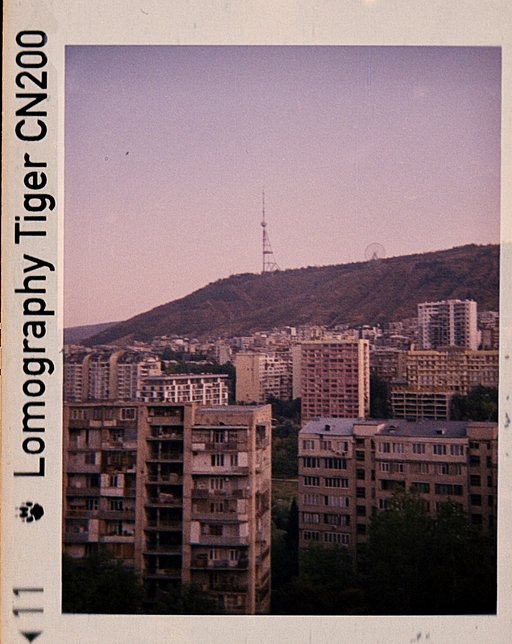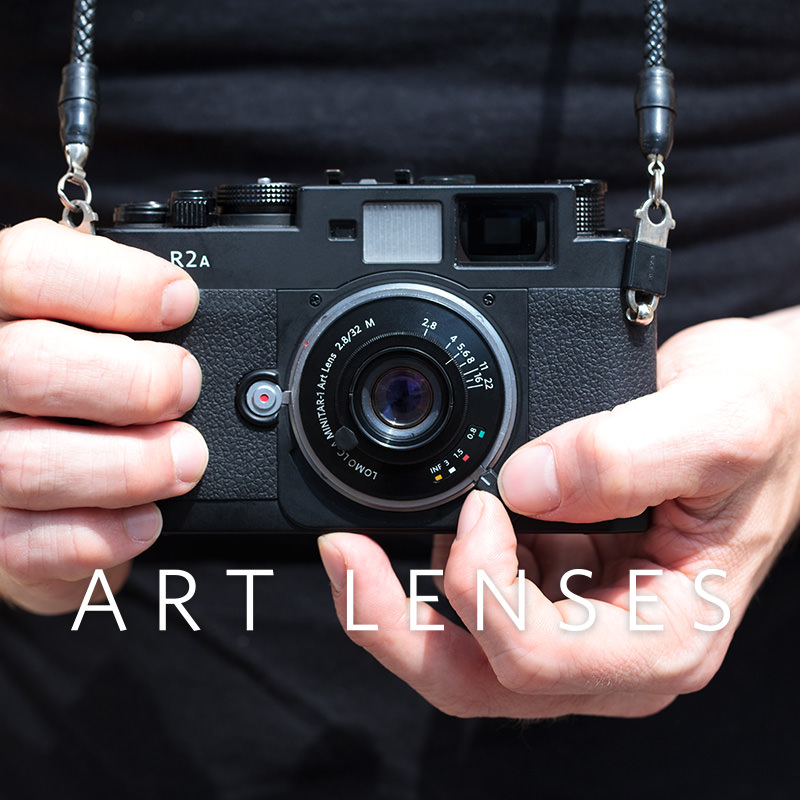In Depth: Why Do We Keep Film Alive?
5 15 Share TweetWhy exactly do we keep film alive? For many it might be the feeling of anticipation, or the nostalgia and sentimentality for a past long gone. But there are other reasons that a lot of us continue to learn about and shoot film, and why film actually serves to complement modern digital photography.
In this in-depth article, we're exploring some of the reasons why film endures and thrives in the age of digital photography, aside from the nostalgia brought by the look of film. Let's get into it!
The Human Touch
Last year, we wrote about how AI, instead of threatening photography, could actually lead more people into film photography. In the in depth article, we highlighted how film photography’s slow, technical, and hands-on process can entice people who have been used to the instant gratification of the modern world and are in search of a more tangible experience when it comes to creating art.
The craftmanship of film photography is one of the reasons why a lot of photographers, whether seasoned or beginners, still stick to this format.
Mastering film photography takes years of practice, and there certainly will be frustrating errors made along the way.
While it sounds daunting when put this way, the act of being deeply involved in this process offers an unparalleled rewarding experience for many. Like any other art forms, those who have become deeply entangled in film find themselves making film a part of their lives. And vice versa, we also see how these artists approach life through their film photos.
The Art, Science & History of Photography
Photography encompasses many principles. More than a medium of self-expression, the development of photography throughout history remains one of our greatest endeavours. Aside from the formats still available today such as 110, 35 mm, 120 and large format, there's also the world of alternative analogue processes such as cyanotype, chemigrams, lumen printing, anthotype and more, which teach us the basics of photography.
There are also more ways to learn about the craft through creative experiments such as film soups, multiple exposures, mixed media, and burning negatives, just to give a few examples. More than the aesthetic of film, these methods help us dive deep into the science behind film photography and how we can manipulate an image to our liking.
And of course, existing film archives help us make sense of history by seeing how actual events and previous ways of living unfolded through images. Interviews with artists and archivists such as Lydia Lutz and Emma of Internet Archive show us how looking at the past through old images can be beneficial to understanding the present.
We're lucky to have been able to record many important moments in history through photography. From wilderness explorers, war photojournalists, to street, fashion and lifestyle photographers, film allowed us to view the world as a bigger picture before the digital age.
Keeping film alive ensures that future generations' new breed of analogue lovers, who may very well also be interested in the impact of film photography in history, science and art, will have accessible resources to learn more about the craft.
The Community
There's nothing like a community of similar-minded people. While photographers come in different shapes and sizes, and have different approaches to film photography, the community is united by a deep curiosity to learn about film and share this knowledge.
Once surrounded by the film community, it's hard not to get deep into the hobby. There's always opportunities to try out a new film stock or camera, or to join a LomoWalk for a good time with fellow shutterbugs. Film is kept alive by the people who have made a solid community through it!
Why do you keep film alive? Share your thoughts with us in the comments below!
written by sylvann on 2024-06-16 #in-depth #film #community #lomography #in-depth












































5 Comments